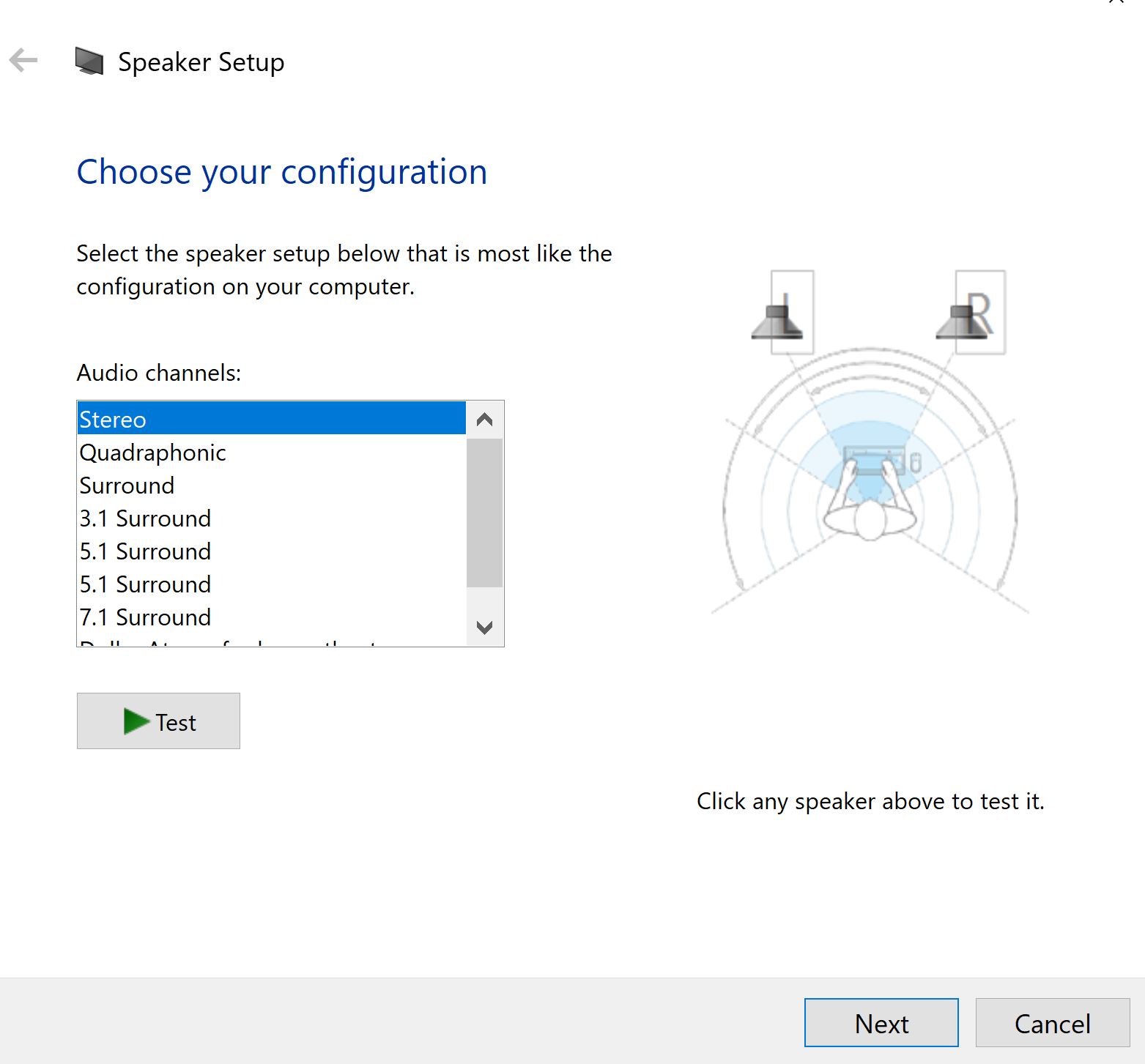
The negatives are that for a long time I have primarily selected my music via folder browsing - I'd see an artist's name and say, "Yup, that's the person I want to hear right now." Roon doesn't show folders. It is also nice the way it shows you artist bios and info about other musicians and people on an album, sometimes along with an extra photo or two, but that's not worth a paid subscription to me. That's great when you want continuous background music, such as now when I'm working from home. The thing I like the most is the way, once you have specifically selected some music to play, it will continue to play other tracks in the same vein one your initial selections are finished. I have mixed emotions about Roon and still haven't decided if it is a keeper. To me, the choice between Roon and other music management programs is about the user interface and the ease of finding the music you want. I know that's not the correct "audiophile" answer, but I don't care. I'll start by saying that Roon sounds just fine, but I find it no different than what I heard via LMS. I previously used LMS (the Squeezebox management software) to manage my music - I'd used that for about 15 years.
#AUDIRVANA SETTINGS TRIAL#
That's it, have fun listening to multichannel audio with your miniDSP U-DAC8 and Audirvana+! Let us know how you go on our forum.I know nothing about Audirvana, but am now three-fourths the way through a month-long trial of Roon. Here is the display for a 5.0 channel DSD recording: When playing multichannel DSD files, Audirvana+ will automatically convert them to PCM format at 176.4 kHz. For example, for multichannel 5.1 PCM (in FLAC), these two areas are: To the right of the track display is the file format and sample rate, and underneath the play buttons at the left is the sample rate and format being sent to the DAC. You can check the sample rate of the file and the DAC in the status area at the top of the window. You will hear multichannel audio playing through your system. Now you can browse to an album or file in the Audirvana+ library (screenshot at top of page) and play it by clicking on the Play button near the top left. Alternatively, if connected to the analog inputs of an A/V receiver, the receiver may be able to perform bass management.) 5.0), it will be necessary for all speaker channels to be capable of full-range response sufficient for music.

So when playing content without a subwoofer channel (e.g. (Note that Audirvana does not do bass management. Allocate a good amount of memory for buffering.
#AUDIRVANA SETTINGS MAC OS#
The low-level playback options may need to be adjusted depending on your version of Mac OS X.Ensure that Native DSD Capability is set to None: convert to PCM.Confirm that the U-DAC8 supports the expected set of sample rates (from 44.1 up to 192 kHz).Click on Change and select U-DAC8 Output from the list.In the Audirvana Preferences, select the Audio System tab: These files can be in multichannel (typically 5.1) PCM format up to 192 kHz, or in multichannel DSD format (again typically 5.1). We will assume that you already have an Audirvana+ library set up, which includes multi-channel audio files.

Analog outputs to your multichannel amplifier/s and subwoofer (or to another device with multichannel analog inputs such as an A/V preamp or receiver).Nothing could be simpler than connecting the U-DAC8 into your system:
#AUDIRVANA SETTINGS HOW TO#
This app note shows you how to set up the miniDSP U-DAC8 with Audirvana+ for multichannel audio playback but the functions of Audirvana+ are beyond the scope of miniDSP support. Please note: miniDSP cannot provide support for third-party software. In this application note we will show you how to use the U-DAC8 with Audirvana+ to play back multichannel audio on your Mac. The miniDSP U-DAC8 is a compact high-resolution eight-channel DAC with a myriad of uses, from PC-based home theater, multichannel audio, to computer-based active loudspeakers.


 0 kommentar(er)
0 kommentar(er)
